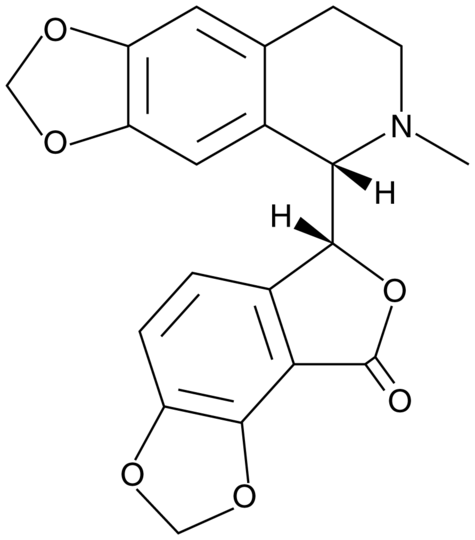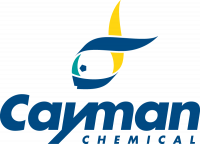Cookie preferences
This website uses cookies, which are necessary for the technical operation of the website and are always set. Other cookies, which increase the comfort when using this website, are used for direct advertising or to facilitate interaction with other websites and social networks, are only set with your consent.
Configuration
Technically required
These cookies are necessary for the basic functions of the shop.
"Allow all cookies" cookie
"Decline all cookies" cookie
CSRF token
Cookie preferences
Currency change
Customer-specific caching
FACT-Finder tracking
Individual prices
Selected shop
Session
Comfort functions
These cookies are used to make the shopping experience even more appealing, for example for the recognition of the visitor.
Note
Show the facebook fanpage in the right blod sidebar
Statistics & Tracking
Affiliate program
Conversion and usertracking via Google Tag Manager
Track device being used

If you have any questions, please use our Contact Form.
You can also order by e-mail: info@biomol.com
Larger quantity required? Request bulk
You can also order by e-mail: info@biomol.com
Larger quantity required? Request bulk
Ionotropic GABAA receptors are ligand-gated ion channels that facilitate the passing of chloride... more
Product information "Bicuculline"
Ionotropic GABAA receptors are ligand-gated ion channels that facilitate the passing of chloride ions across the cell membrane and promote an inhibitory influence on target neurons. These receptors are the major targets for benzodiazepines and related anxiolytic drugs. Bicuculline is a competitive GABAA receptor antagonist that can act as an allosteric inhibitor at GABAA receptors. At 100 µM, it blocks spontaneously opening chloride channels in the outside-out patches from the cultured cortical neurons. Bicuculline also reversibly blocks GABAA receptors on horizontal cells in the mouse retina with an IC50 value of 1.7 µM. By blocking the inhibitory action of GABA, bicuculline mimics the action of epilepsy and is widely used in experimental studies as a convulsant, inducing seizure in hippocampal or cortical neurons in prepared brain slices.Formal Name: 6-[(5S)-5,6,7,8-tetrahydro-6-methyl-1,3-dioxolo[4,5-g]isoquinolin-5-yl]-(6R)-furo[3,4-e]-1,3-benzodioxol-8(6H)-one. CAS Number: 485-49-4. Synonyms: NSC 32192. Molecular Formula: C20H17NO6. Formula Weight: 367.4. Purity: >98%. Formulation: (Request formulation change), A crystalline solid. Solubility: DMF: 20 mg/ml, DMSO: 10 mg/ml. lambdamax: 221, 296, 323 nm. SMILES: CN1[C@@]([C@@]2([H])C(C=CC3=C4OCO3)=C4C(O2)=O)([H])C5=CC6=C(OCO6)C=C5CC1. InChi Code: InChI=1S/C20H17NO6/c1-21-5-4-10-6-14-15(25-8-24-14)7-12(10)17(21)18-11-2-3-13-19(26-9-23-13)16(11)20(22)27-18/h2-3,6-7,17-18H,4-5,8-9H2,1H3/t17-,18+/m0/s1. InChi Key: IYGYMKDQCDOMRE-ZWKOTPCHSA-N.
| Keywords: | NSC 32192, 6-[(5S)-5,6,7,8-tetrahydro-6-methyl-1,3-dioxolo[4,5-g]isoquinolin-5-yl]-(6R)-furo[3,4-e]-1,3-benzodioxol-8(6H)-one |
| Supplier: | Cayman Chemical |
| Supplier-Nr: | 11727 |
Properties
| Application: | GABAA receptor antagonist |
| MW: | 367.4 D |
| Formula: | C20H17NO6 |
| Purity: | >98% |
| Format: | Crystalline Solid |
Database Information
| CAS : | 485-49-4| Matching products |
Handling & Safety
| Storage: | -20°C |
| Shipping: | +20°C (International: -20°C) |
| Signal Word: | Danger |
| GHS Hazard Pictograms: |
|
| H Phrases: | H300, H311, H331, H400 |
| P Phrases: | P261, P264, P270, P271, P273, P280, P311, P312, P321, P330, P391, P301+P310, P302+P352, P304+P340, P361+P364, P405, P403+P233, P501 |
Caution
Our products are for laboratory research use only: Not for administration to humans!
Our products are for laboratory research use only: Not for administration to humans!
Information about the product reference will follow.
more
You will get a certificate here
Viewed



